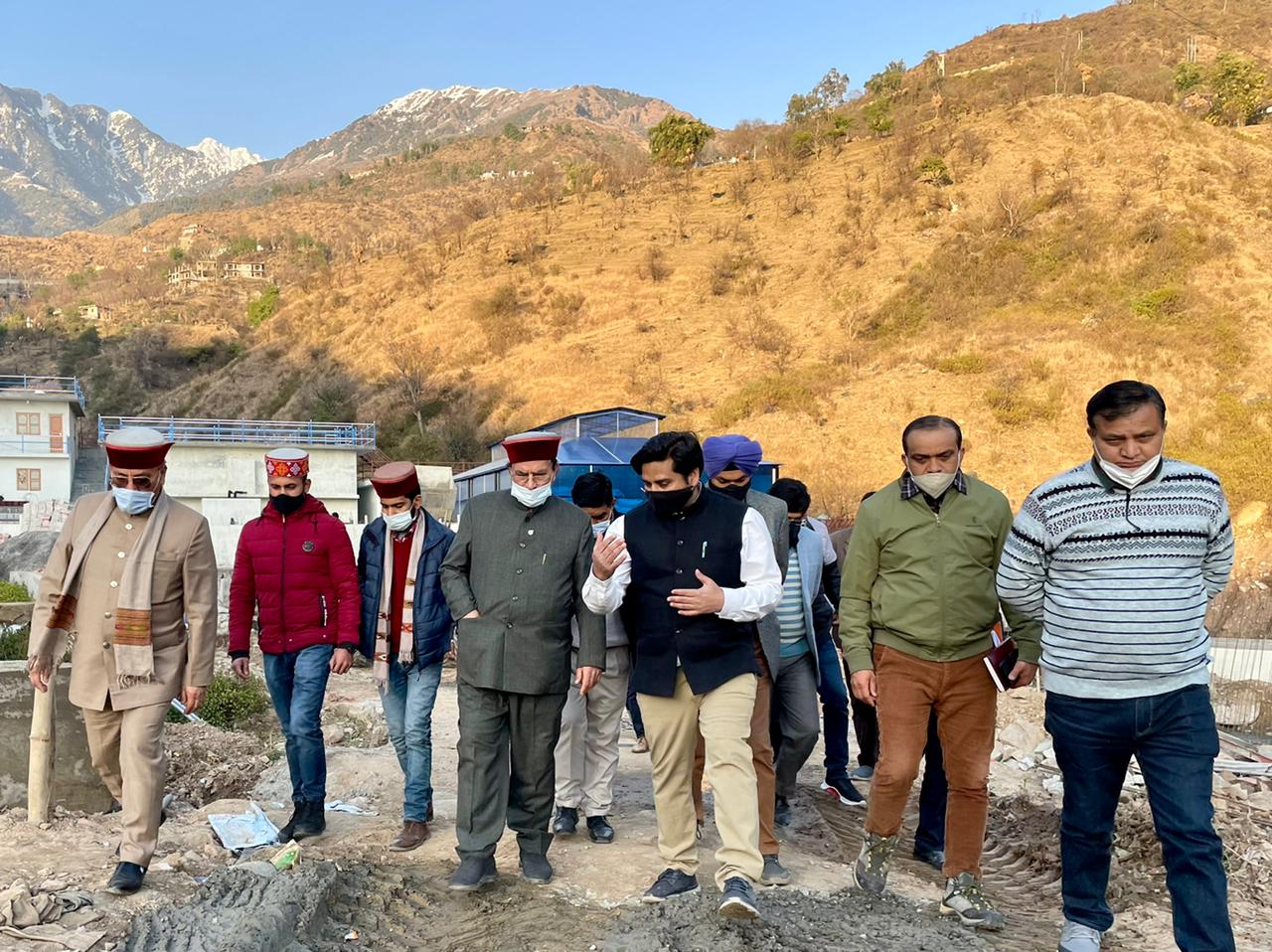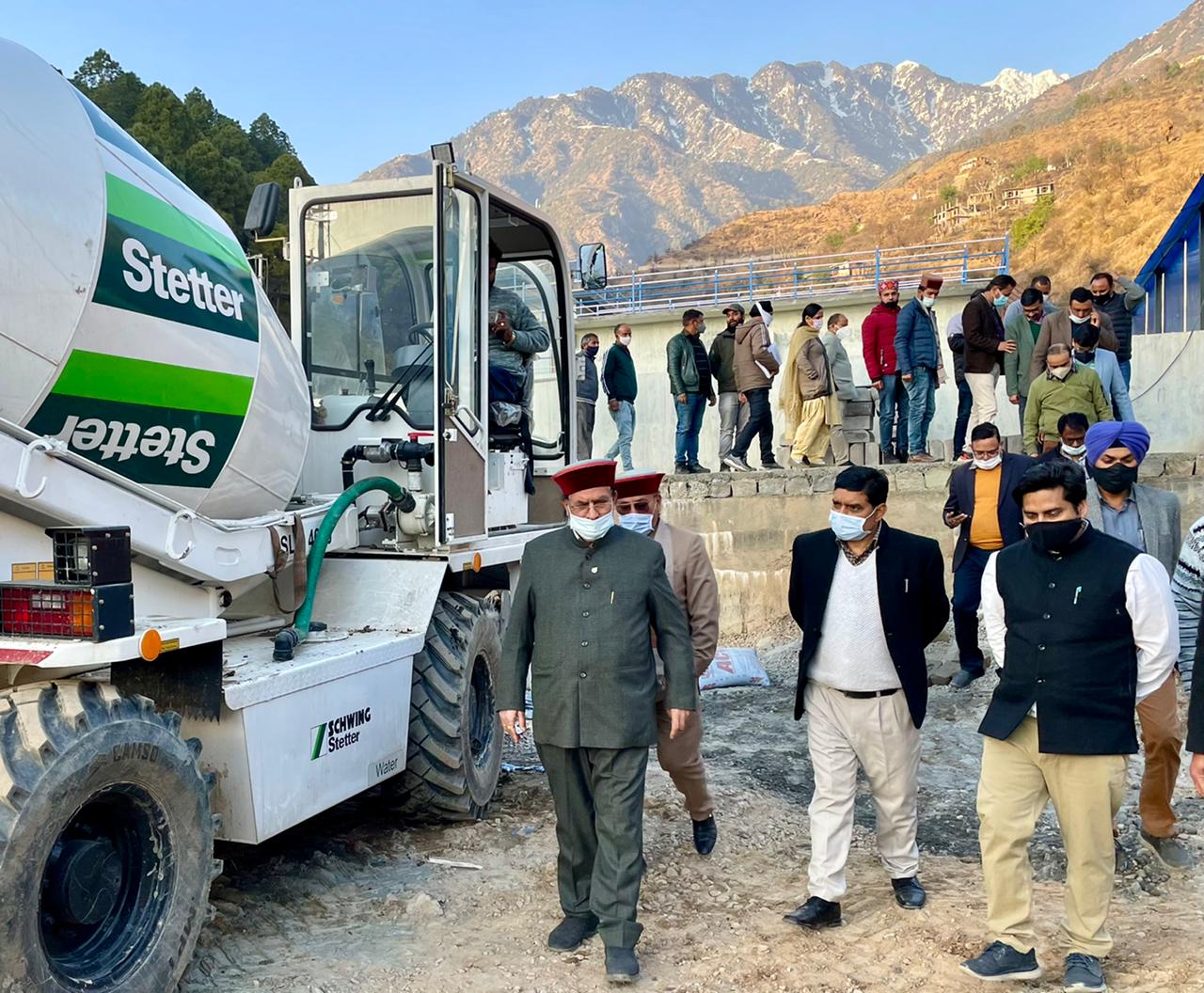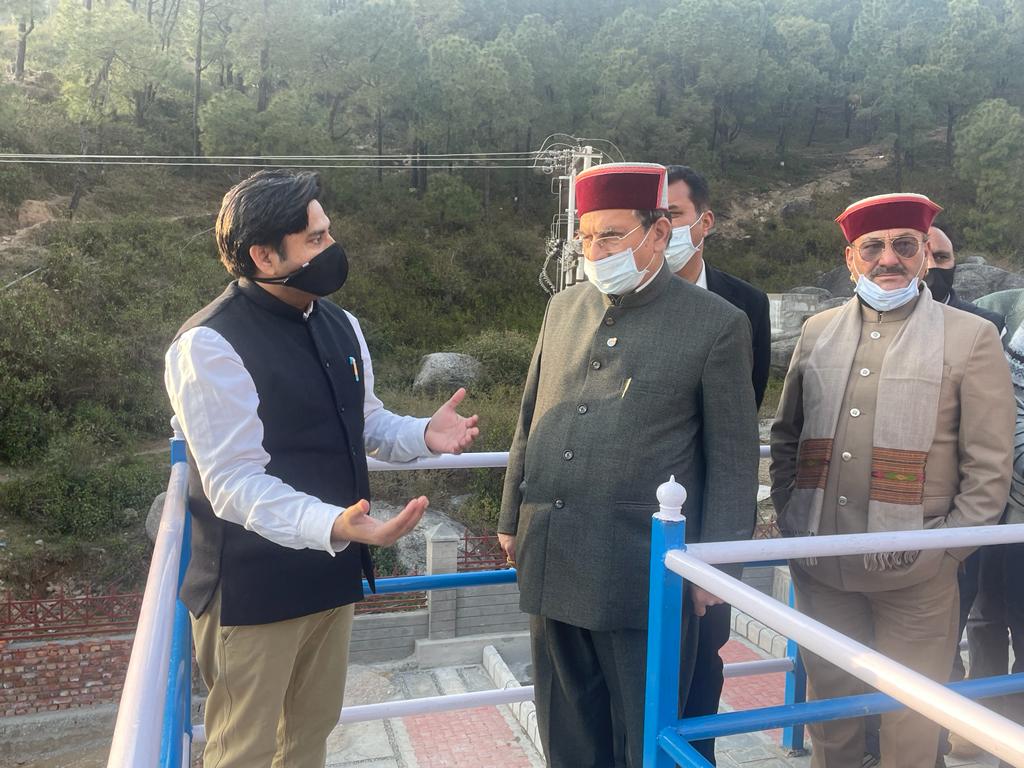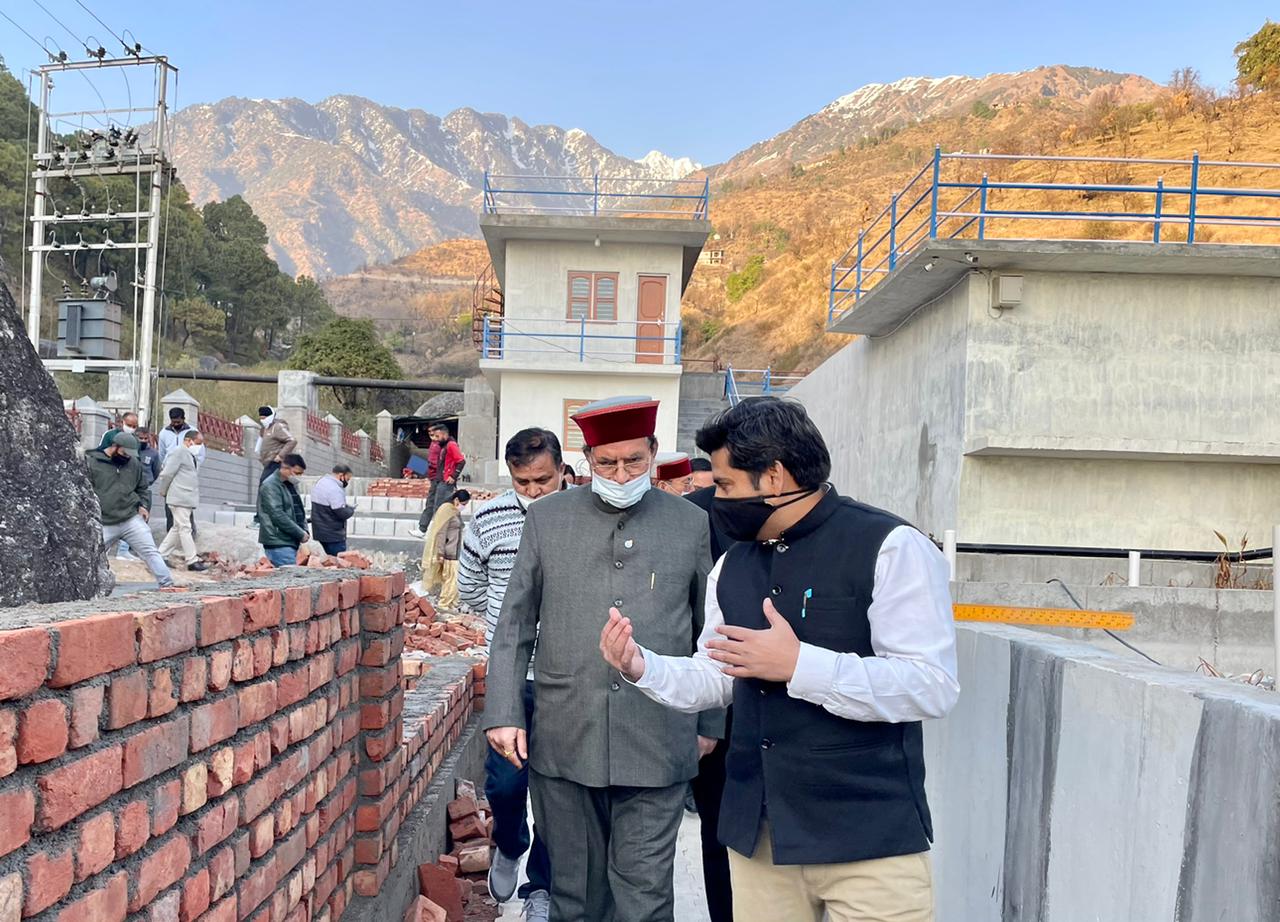About the Facility
In the current project, a sewage treatment plant of 1.40 MLD Capacity will be constructed based on MBBR followed by a tertiary treatment facility for the Gamru and adjoin areas of upper Dharamshala. The said facility has been designed as per the provisions and recommendation by Manual of Sewerage and Sewage Treatment, published by Central Public Health and Environmental Engineering Organization (CPHEEO), of Government of India and revised guidelines for preparation of Design and Drawings by NRCD are largely adopted for design of sewerage system for this project.
Technological Interventions:
In the current project, integrated wastewater treatment methodology (Hybrid System) has been adopted aimed to minimise electricity without compromising the quality of treated effluent. Treatment systems include Primary treatment (Screen and Grit Channel), Secondary Treatment with MBBR technology and Tertiary Treatment with Constructed Wetland Technology – a Type of Natural Treatment System.
Philosophy behind Adoption of Hybrid Wastewater Treatment Systems:
Wastewater (characteristically having a BOD of about 300 mg/L) will be treated with a mechanised system (MBBR), and it is brought to less than BOD of 30 mg/L. Subsequently, treatment with mechanised systems would necessitate too many resources, the water is now treated with a natural system (Constructed Wetlands) for BOD less than 10 mg/L. The land required by natural systems to bring down the BOD to 10 mg/L in this hybrid system is significantly less as a majority of the treatment is done by the initial mechanised treatment. Thus, using both systems in combination, we will achieve the desired BOD level without wallowing on prices and taking up too much land as compared with solely natural treatment systems.
Further, the intended treatment levels will conform to the effluent standards for application on land as per The Environment Protection Act, 1986 and latest guidelines. The effluent is proposed to be discharged in a nearby water body. The effluent standards for inland surface water discharge includes 5-day BOD at 200C as 10 mg/l and suspended solids of 30 mg/l.




















